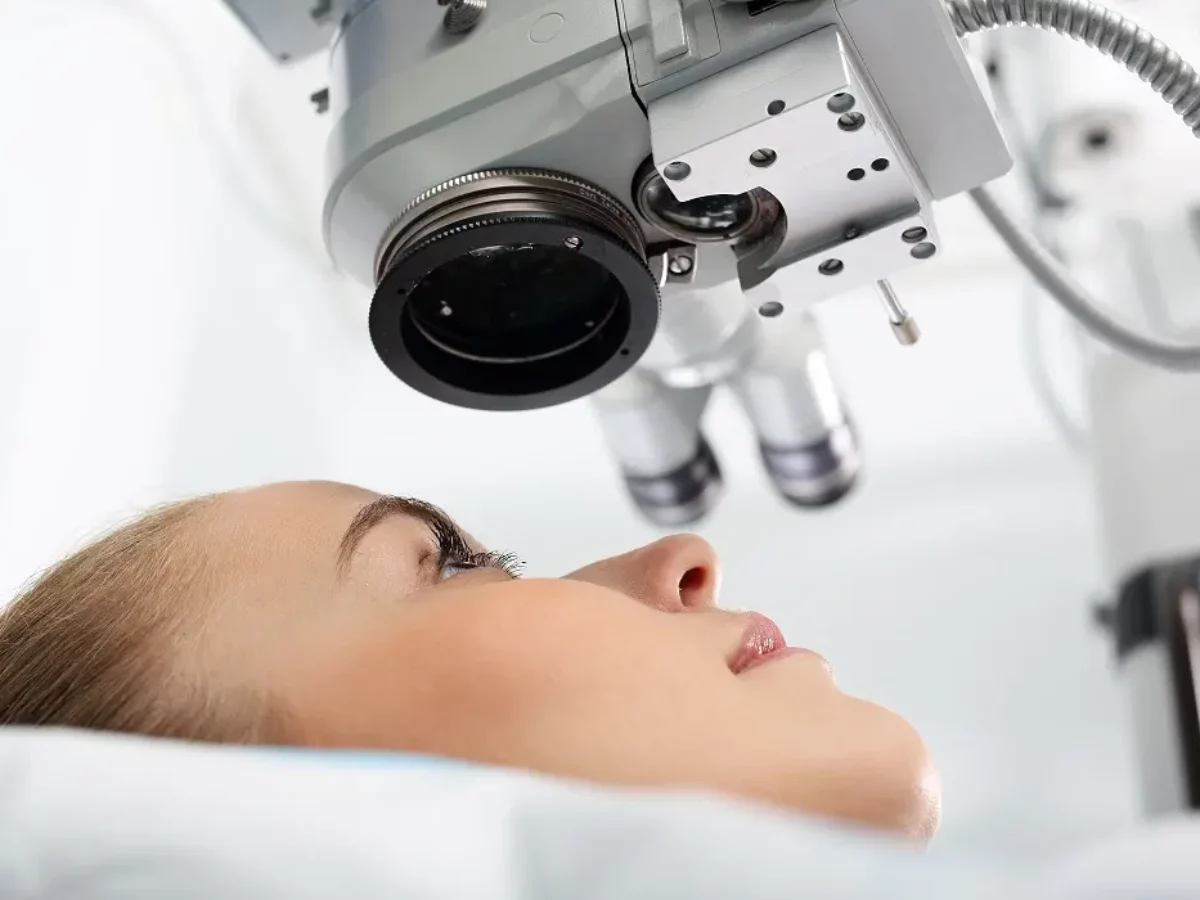All Categories
Featured
Table of Contents

The world of vision modification is rapidly evolving, driven by groundbreaking technical developments that are reshaping how we treat and perceive eye health. From laser surgical treatments to innovative eyeglasses, the options offered today are not just more effective but also accommodate the one-of-a-kind demands of each person. In this blog site, we will explore exactly how modern technology is boosting vision correction alternatives, resulting in improved individual outcomes and complete satisfaction.
1. Laser Modern Technology Innovations.
At the forefront of vision modification innovation are sophisticated laser treatments like LASIK and PRK. These techniques have been revolutionized by the intro of femtosecond lasers, which develop specific and regulated cuts in the cornea, lessening discomfort and enhancing recovery time.The most up to date advancements, such as topography-guided LASIK, allow for a customized therapy plan that makes up the one-of-a-kind curvature of a patient's cornea. This degree of personalization not only enhances the accuracy of the treatment yet also decreases the danger of difficulties, leading to clearer vision post-surgery.
2. Smart Call Lenses.
The advancement of clever call lenses stands for a substantial leap in vision modification technology. These lenses can keep track of numerous wellness parameters, such as glucose levels in diabetics or intraocular stress for glaucoma clients.By integrating sensors into the lens design, makers are developing an item that exceeds vision correction, offering beneficial wellness information in real-time. As research study in this field progresses, smart call lenses can potentially revolutionize just how we manage eye health and wellness and conditions associated with vision.
3. Advanced Intraocular Lenses (IOLs)
For people undergoing cataract surgical treatment or seeking options for presbyopia, progressed intraocular lenses have actually come to be a game-changer. Today's multifocal and toric IOLs are made to supply clear vision at several ranges, minimizing dependancy on glasses for everyday activities.New modern technologies enable the personalization of IOLs based on aesthetic needs and private way of lives. Fitting IOLs can change their focus based on the eye's setting, providing a more natural aesthetic experience. These developments make certain that patients take pleasure in much better aesthetic outcomes after surgical procedure, improving their lifestyle.
4. Telemedicine and Remote Tracking.
The COVID-19 pandemic sped up the adoption of telemedicine, and this pattern has extended right into eye care. Individuals can currently seek advice from eye care professionals from the comfort of their homes, reviewing symptoms and therapy options without the demand for in-person visits.Remote tracking devices that attach to tablet computers or smartphones permit patients to track their eye wellness and vision modifications gradually. This information can be shown healthcare suppliers, ensuring timely treatments and personalized treatment plans. The ease and accessibility of telemedicine are specifically helpful for people with mobility obstacles or those residing in country locations.
5. Expert System in Eye Care.
Man-made intelligence (AI) is progressively coming to be an important component of eye treatment. AI algorithms are made use of to evaluate big collections of information, making it possible for early discovery of conditions like diabetic person retinopathy and macular degeneration through retinal imaging.AI can help eye care professionals by highlighting abnormalities that might need further investigation, improving analysis precision and effectiveness. By improving the diagnostic process, AI not just improves individual care yet additionally permits for even more prompt therapy interventions.
6. Individualized Eyeglasses Solutions.
The surge of tailored eyeglasses has transformed exactly how individuals come close to vision correction. Advanced 3D printing innovations make it possible for the development of tailored structures and lenses tailored to a client's special facial structure and vision needs.In addition to aesthetic benefits, personalized eyewear boosts convenience and performance. People can currently select from numerous lens options, including blue light stopping, photochromic, and high-index lenses, guaranteeing they find the excellent solution for their lifestyle and visual choices.
Final thought.
Innovation is substantially transforming vision correction choices, leading to far better outcomes and increased fulfillment for clients. As these technologies proceed to advance, patients can anticipate a more individualized and efficient method to vision improvement, inevitably boosting their high quality of life.Latest Posts
A Glamorous Getaway: The Claridge Indoor Pool
Published Jan 26, 25
1 min read
Furnishings Styles Living Space
Published Jan 21, 25
0 min read
What Elements Impact the Expense of Major Cars And Truck Repair Work
Published Jan 10, 25
0 min read